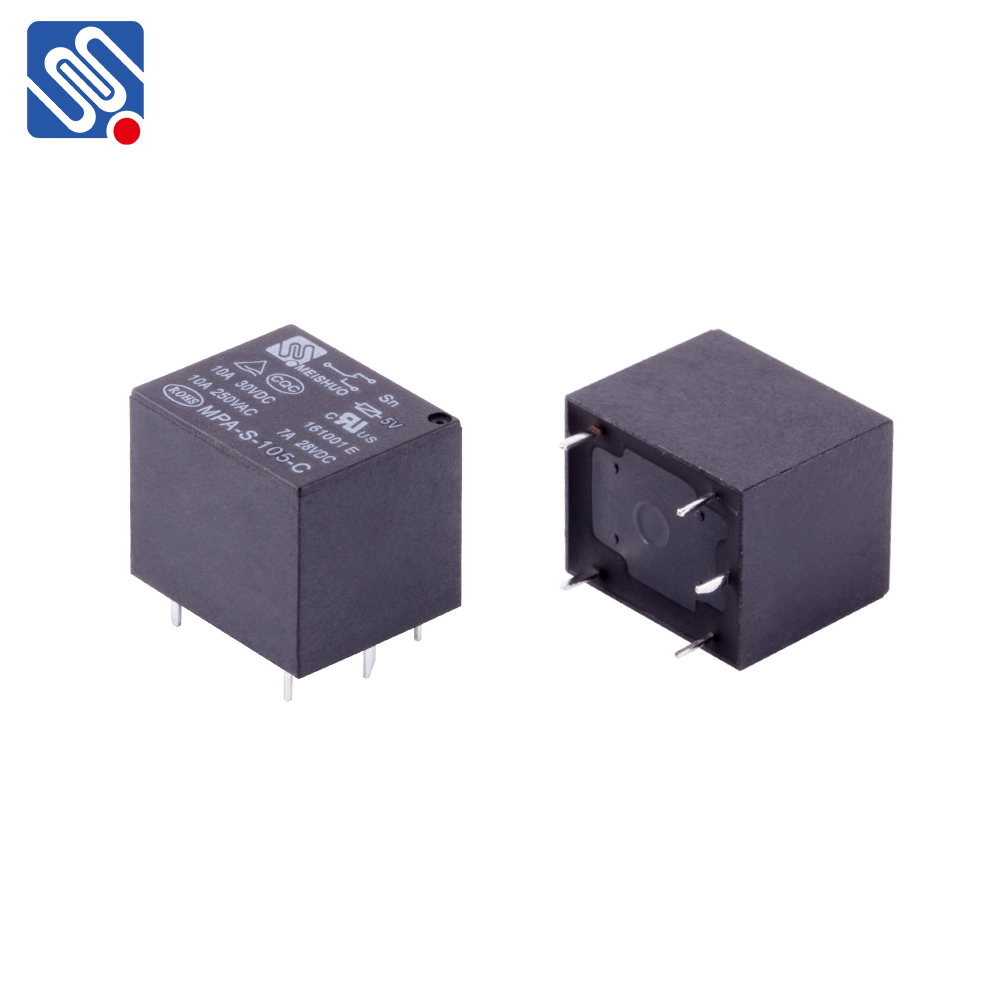A switch relay is an electromechanical device used to control electrical circuits by opening or closing contacts based on the input signal. It serves as a crucial component in a variety of electrical systems, allowing low-power circuits to control high-power devices safely and efficiently. The basic function of a switch relay is to act as an intermediary between a low-power signal and a high-power load, thereby enabling the switching of electrical devices or systems with minimal risk to the control circuit.

Working Principle of a Switch Relay The operation of a switch relay is based on the principle of electromagnetism. A switch relay consists of several key components: a coil, an armature (or a movable piece), contacts, and a spring mechanism. When an electric current flows through the coil, it generates a magnetic field that attracts the armature, causing the relay’s contacts to either close or open. The spring provides the necessary force to return the armature to its original position when the current is turned off, allowing the relay to reset itself. The contacts within a switch relay are typically classified as either normally open (NO) or normally closed (NC). In a normally open relay, the contacts remain open when the relay is not activated, meaning the circuit is incomplete. When the relay is energized, the contacts close, completing the circuit and allowing current to flow. Conversely, in a normally closed relay, the contacts remain closed when the relay is unpowered, and the relay opens the contacts when energized, interrupting the circuit.
Leave a Reply